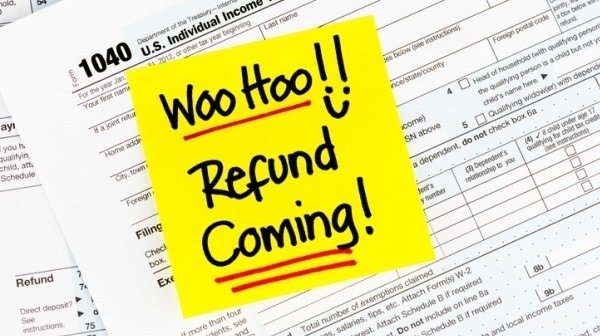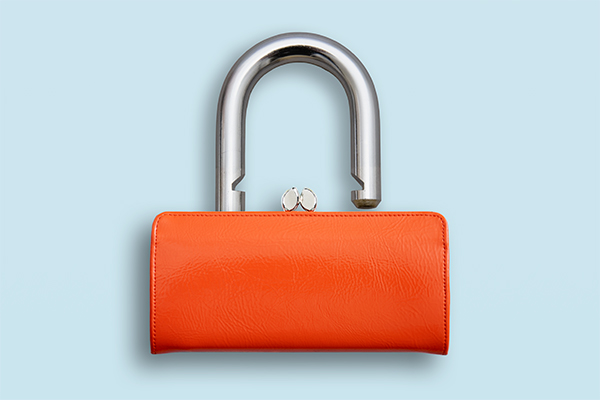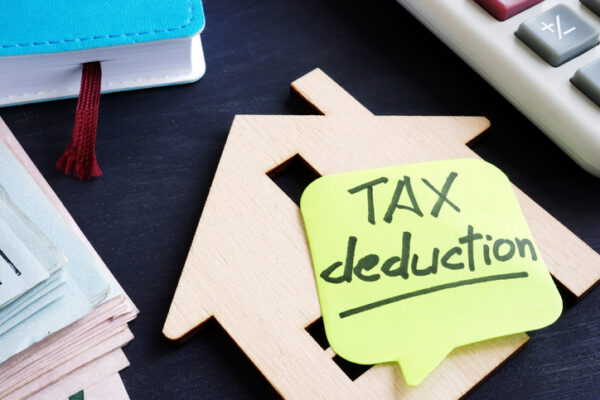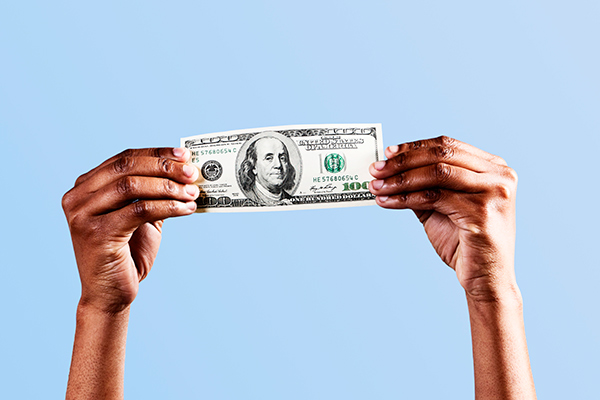Along with savings on tax software and commercials promising the biggest refunds, tax season also offers many opportunities to spend that money, from furniture and electronics sales to car and plane-ticket deals. According to research by economists Christian Broda and Jonathan Parker, many households take advantage of these discounts, spending their refunds even if they had originally intended to save them.
But with a little planning, your refund can go a lot farther than a set of golf clubs, a few new outfits or a weekend away. Take this quiz to get tips from Philip Olson, a certified financial planner at The Art of Finance in Austin, Texas, on what to do with your refund so you can work toward your financial goals.
1. Do you have any pressing financial needs?
a. Yes, my roof is leaking and I’ll probably have to replace it.
b. Not really, just everyday expenses.
c. Not right now, but if something comes up, I have an emergency fund.
2. What’s your savings situation?
a. Occasionally I put spare change in a jar.
b. I’d like to save, but I have pretty big student loans.
c. A percentage of my paycheck goes directly to my savings account.
3. What are your plans for this year?
a. I’m getting married.
b. I’m going back to school.
c. I want to start my own business.
4. What financial goals do you have for this year?
a. Start putting away some savings.
b. Pay off my credit card and start paying down my student loan debt.
c. Stick to my budget and continue saving for retirement.
5. How do you feel about your current financial situation?
a. I’m stressed about living paycheck to paycheck.
b. I’m a little nervous. I can buy what I need, but I put a lot on my credit card.
c. I feel pretty good. I’d like to save more, but I have a budget and I usually stick to it.
6. How do you feel about past splurges?
a. I regret them. I always seem to book a vacation right before my car breaks down.
b. A little bit guilty. I’m still paying off the credit card bills!
c. Just fine. I may have spent a little more, but I got something that will last for years.
If you answered…
Mostly As
If you’re living paycheck to paycheck, you’re not alone. “The majority of [American] households do not have three months’ worth of expenses in the bank,” says Olson. Use your refund to start an emergency fund: a financial cushion that you always keep in a checking or savings account. Begin with just one month’s expenses—about $3,000 or $4,000 for a single person, or $5,000 to $7,000 for families with children—and grow it from there whenever you have extra cash. If you’ll be tempted to raid the fund for time-sensitive but non-urgent expenses, such as a wedding or vacation, put the money in a less-accessible place, like a money market account or a savings account at a different bank than the one you normally use.
The exception? If you’re in the middle of an emergency, it’s OK to use your refund to solve the problem. “If your child is sick, the car you use to get to work is broken or your roof is about to fall through, then you could spend it,” says Olson. “That’s the point of an emergency fund.”
Mostly Bs
If you have an emergency fund but you also have debt, use your refund to help pay it off. “Having low consumer debt is pretty highly correlated with getting wealthy over time,” explains Olson. “Paying off debts frees up cash flow down the road, and puts you at lower risk in case you’re not able to make the payments.”
He suggests using the “debt snowball” method, in which the smallest debts get paid off first. It’s easy: just list your debts on a sheet of paper from smallest to largest (by the dollar amount of the balance, not interest rate), start at the top and work down. As you pay off debts, you’ll eventually be able to put larger amounts toward heftier debts, instead of making the minimum payments on more debts. “The feeling of being overwhelmed starts to go down, and the payment keeps getting bigger as you attack bigger and bigger debt,” says Olson. “By the time you get to the last one—often a student loan—you feel so fired up that it actually feels possible to pay it off.”
Mostly Cs
If you have an emergency fund and little to no debt, split your refund between savings, charitable giving and splurging. Aim to save between 30 and 50 percent of the refund amount, donate 10 to 20 percent and use the rest on something fun or a planned investment. “I encourage folks to save, give and enjoy,” Olson says. “Take a trip or get a nicer car. Get something you’ll really enjoy so you associate being financially healthy with things you’ll enjoy.”
Your splurge could be a fun experience with a loved one—which tends to make people happier for longer than buying stuff—or a more practical investment, like a new appliance or other home improvement. Repairs or additions to your home, Olson points out, both make your space more enjoyable in the present and increase your home’s value in the future. You could even make an investment in yourself and use part of the refund as the seed money for a new venture or small business.
Bonus Tips for All Taxpayers
No matter what your financial situation, make a plan for your refund when you file your return—not when the check or direct deposit from the IRS arrives. “Once it’s in your hand, it’s amazing how fast money goes,” says Olson.
And if your refund is in the thousands, consider talking to your employer or accountant about ways to make it smaller next year. “If you have a job that gives you a W-2, your employer withholds some taxes, and they make some assumptions about how much to withhold,” Olson explains. “But those assumptions aren’t always right. So while emotionally, a refund feels like free money, it’s really just your money that you didn’t get to touch for a whole year. A tiny refund is OK, but a big refund should never be your goal.”
The HR or accounting departments at your company may be able to adjust the amount withheld to minimize your refund (and maximize the funds available to you to save or invest). If you’re self-employed, ask your accountant or take a closer look at your own tax calculations.
When it comes to financial goals, saving money usually tops the list. See how much you could save on insurance thanks to discounts from GEICO.
By Kristen Koch
Next article: What Happens if You’re a Victim of Tax Return Fraud
Originally published March 2016.









Me says,
What do u mean?